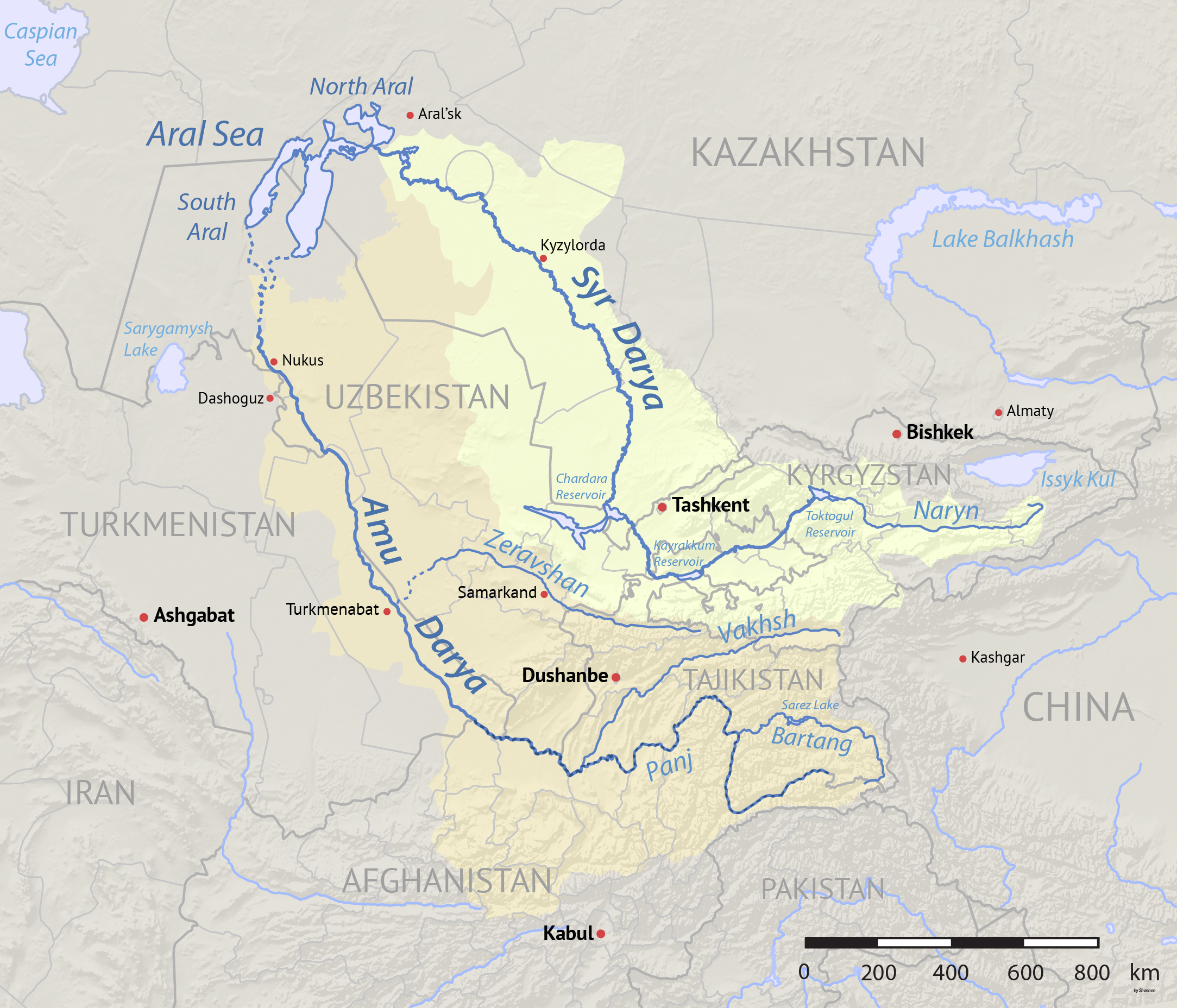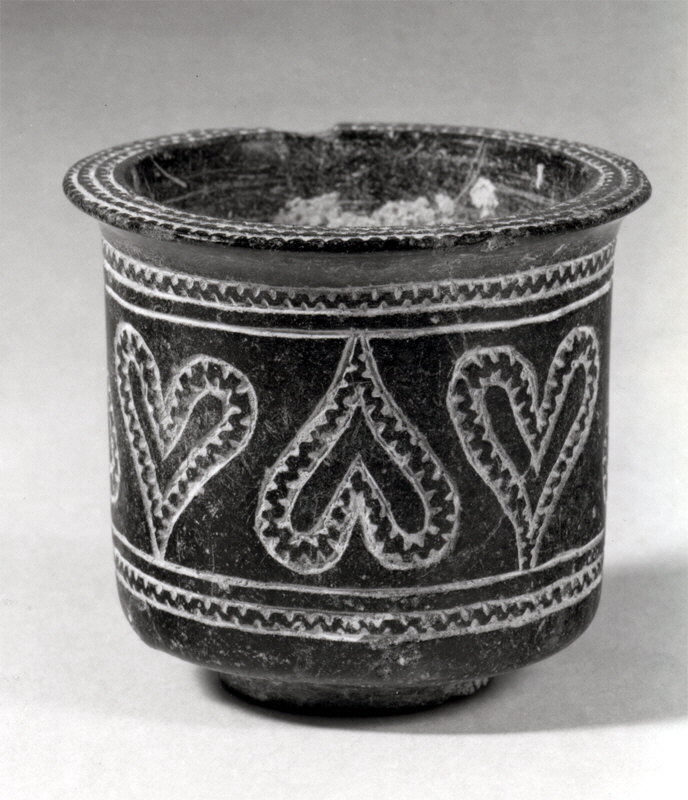Post by Admin on Feb 23, 2024 10:07:44 GMT
The Lost Oxus Civilization (Bactria-Margiana)
en.wikipedia.org/wiki/Amu_Darya
The Amu Darya, also called the Amu, the Amo, and historically the Oxus (Latin: Ōxus; Greek: Ὦξος, Ôxos),[2] is a major river in Central Asia and Afghanistan.

www.worldhistory.biz/sundries/33785-the-oxus-people-a-short-lived-culture-in-central-asia-2100-1700-b-c-e.html
Oxus Culture Fortress
The settlements of the Oxus culture were typically heavily fortified, surrounded by straight rectangular walls with guard towers. This is Gonur Tepe in modern Turkmenistan, which was fully excavated so that its entire plan is visible. The fortress measures 142 by 130 yards and may have contained a temple and a palace.

en.wikipedia.org/wiki/Gonur_Depe
Scholars believe that the ancient Oxus river culture (Bactria-Margiana) may have its origin at sites like Anau, on the northern slopes of the Kopet-Dag mountains.
'Tepe' or 'depe' is a Turkoman word for a mound or small hill.
The Metropolitan Museum of Art
www.metmuseum.org/art/collection/search/326760
Cup with incised decoration
Bactria-Margiana Archaeological Complex
ca. late 3rd–early 2nd millennium BCE

www.youtube.com/watch?v=RhhroVytLks
The Historian's Craft
The Oxus Civilization: The Lost Civilization you've never heard of
Dec 12, 2022
Everyone knows about the four main river valley civilizations: Egypt, Sumer, the Indus Valley, and the Yellow River Civilizations. What you may not know, however, is that there was a fifth river valley civilization. Situated in Central Asia, in a region known in antiquity as Bactria and Margiana, the Oxus Civilization, otherwise known as the Bactria-Margiana Archaeology Complex, flourished between about 2250 and about 1700 BC. The civilization was in contact with everyone in the region, especially the Indo-European speakers living to the north, and appears to have played a major role in the migration of some of those Indoeuropeans into South Asia. The Oxus Civilization was quite literally lost to history, no records of it have survived, and it was only discovered in the 1970s by Soviet archaeologists.
